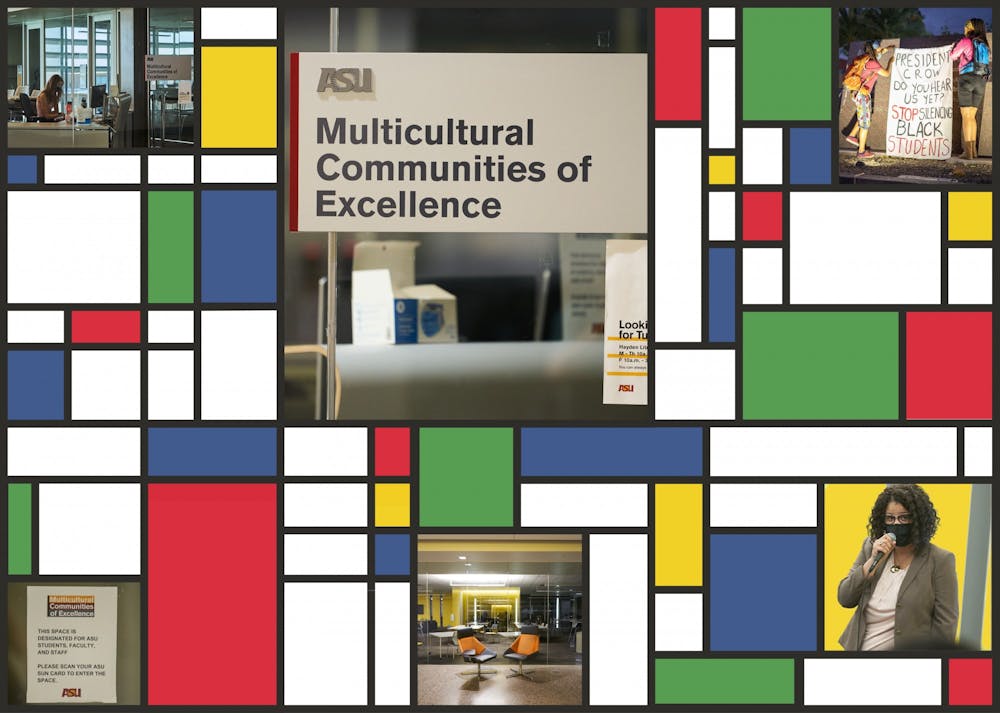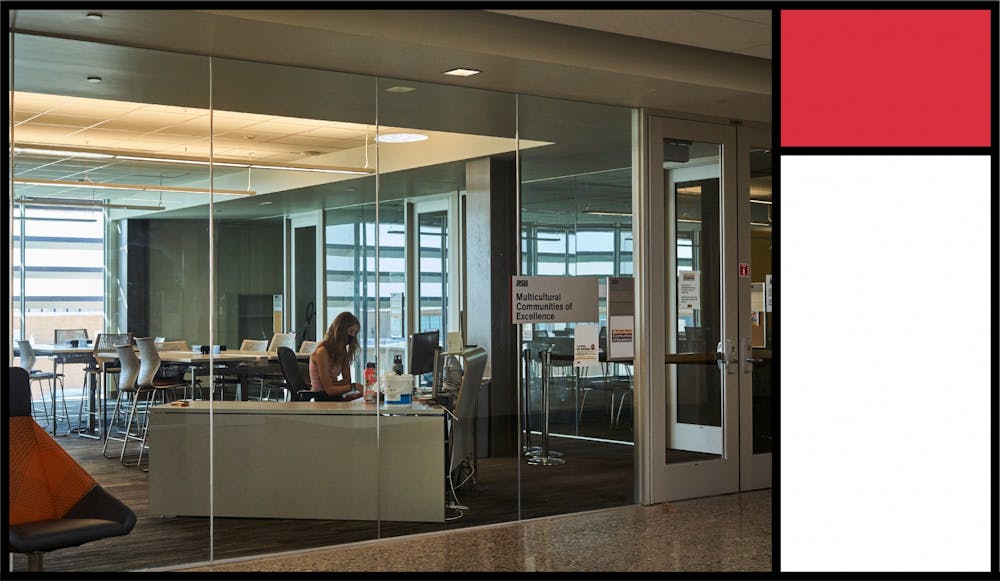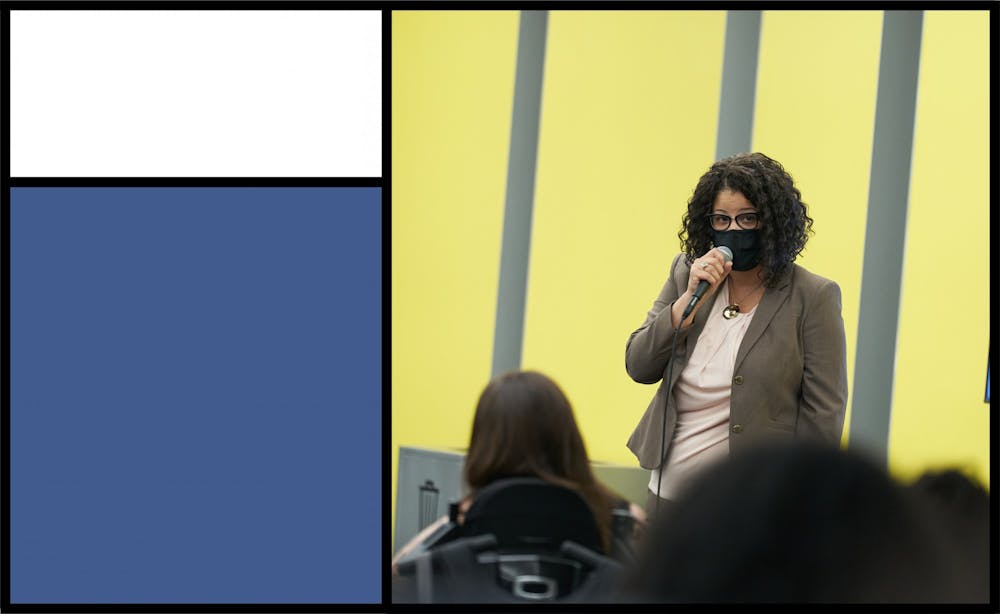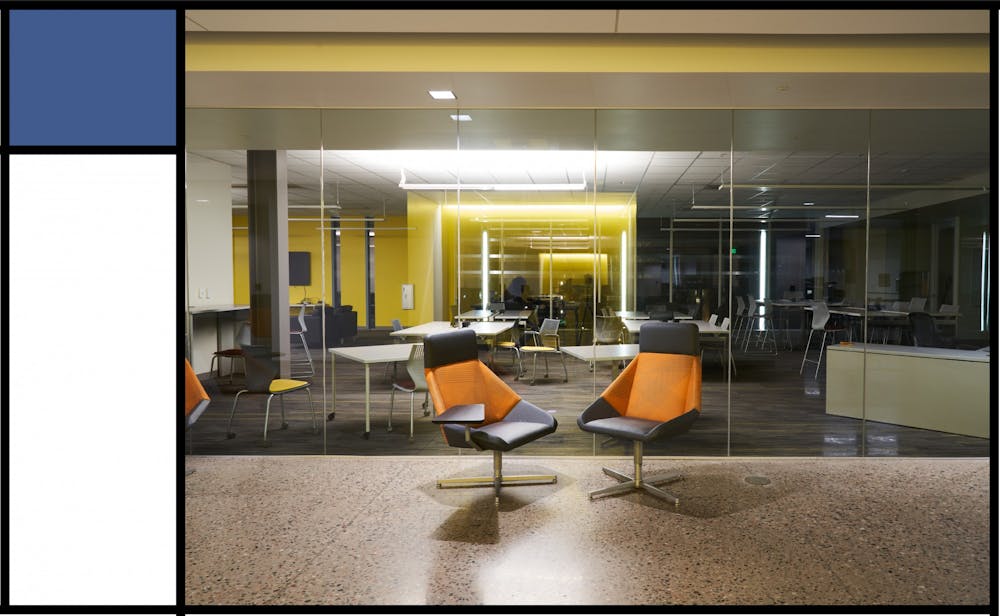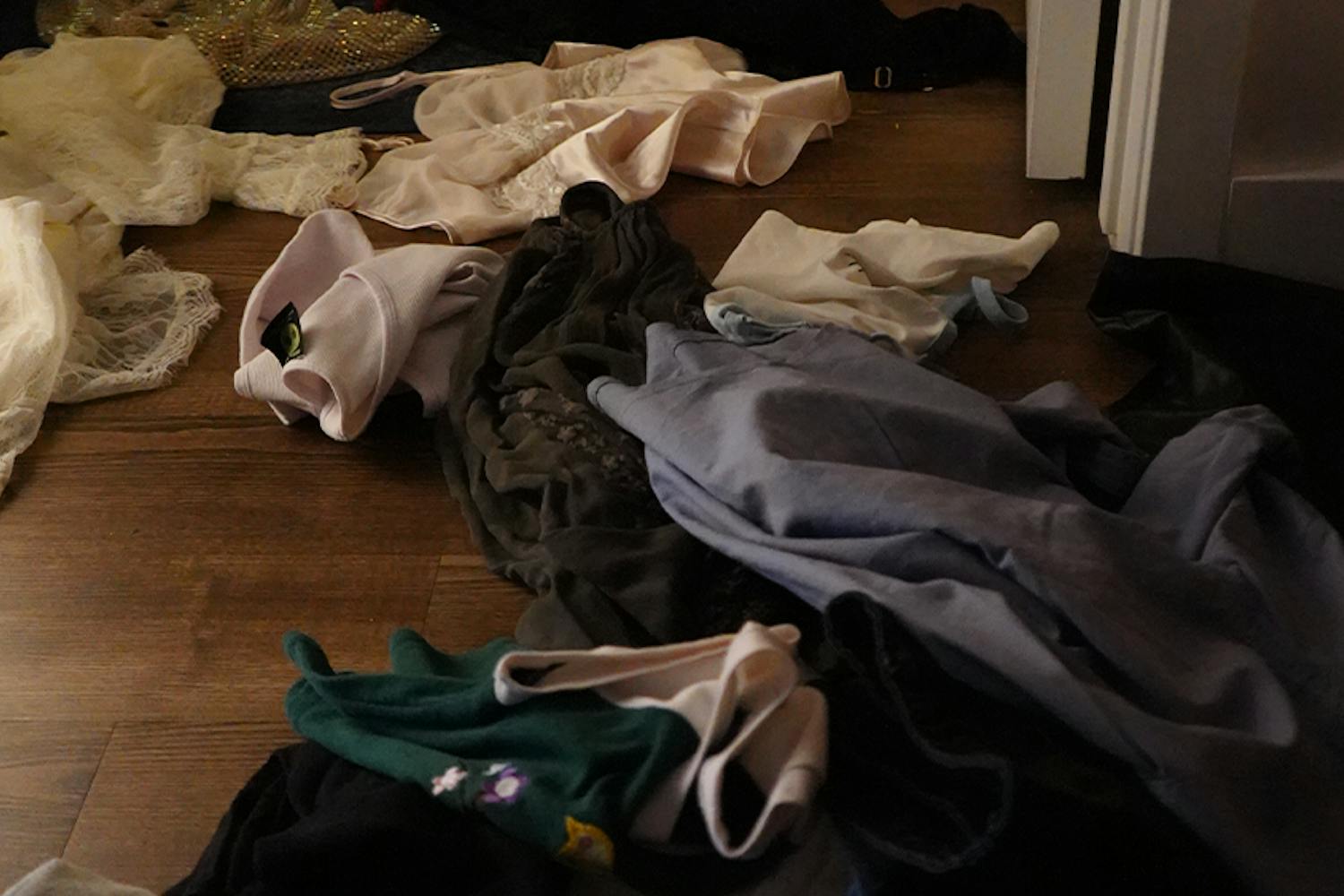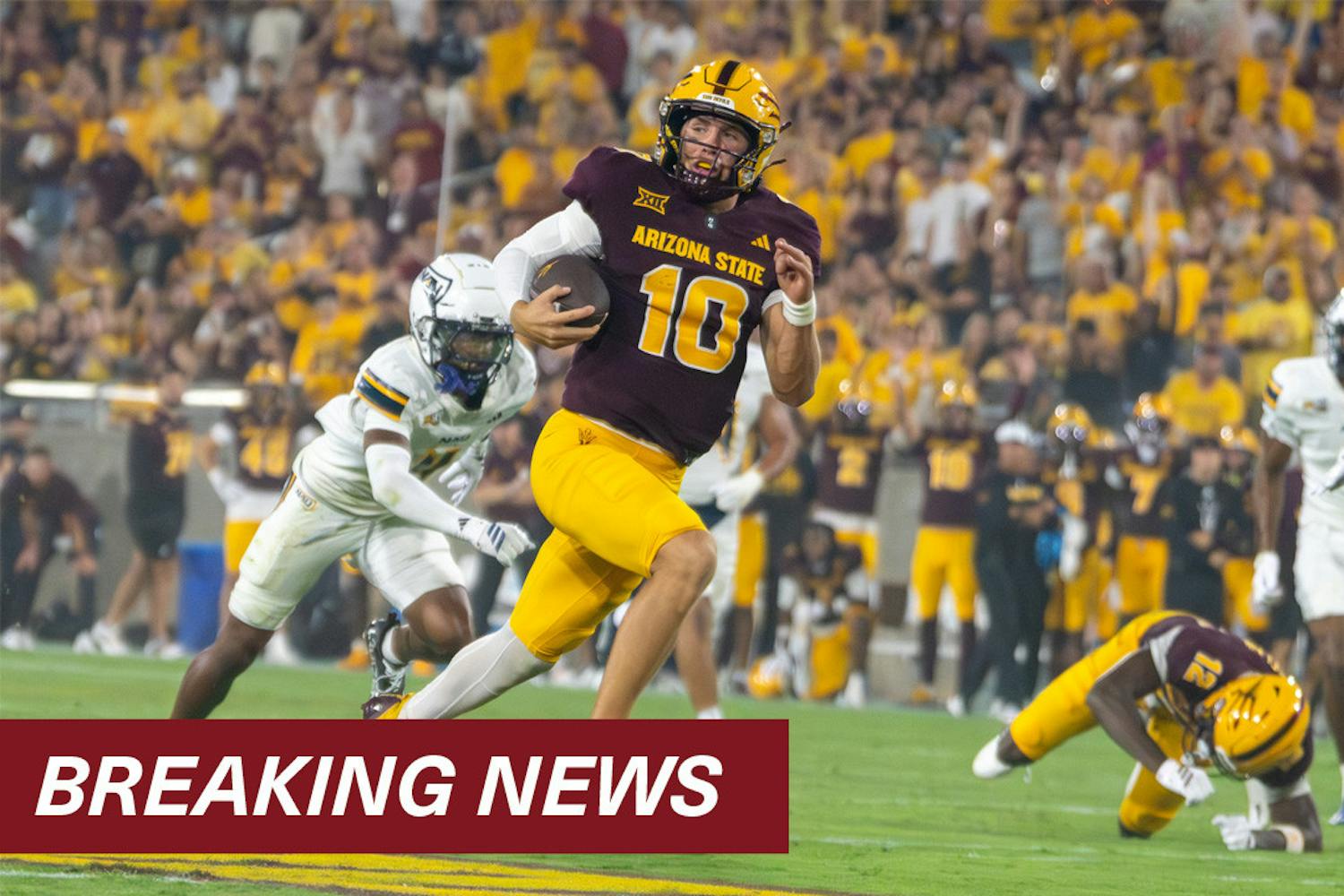Students fought for over six years to establish a multicultural space that provided recruitment and retention programs for students from underrepresented groups at ASU.
Members of the Multicultural Solidarity Coalition, a non-University affiliated student organization leading the charge, believed their long-standing request was finally being delivered when ASU announced a commitment in Fall 2020 to establish multicultural spaces on each of its four main campuses among 24 other initiatives.
But the delivery of the multicultural center on the Tempe campus has been marked by disconnected goals and little communication from ASU to its community about the space. Those issues were exposed through an incident on Sept. 23 in the space, which was recorded and posted to MSC’s Instagram.
The video showed Sarra Tekola and Mastaani Qureshi, leaders of MSC and advocates for the space, confronting two white students — one with a computer displaying a “police lives matter” sticker and the other wearing a shirt that read “Didn’t vote for Biden” — in the newly opened space.
The video, which was deleted from MSC's account and has since been reposted, has been viewed millions of times and drew polarized reactions on a national scale.
"We believe that inclusion means making spaces safer for the most marginalized students," MSC said in a statement released on Sept. 24. "We understand ‘blue lives matter’ to be an explicit rejection of the Black Lives Matter movement and therefore an overt threat to Black lives. In the new multicultural centers, we will not tolerate people entering with racist slogans to intimidate and antagonize historically and currently marginalized students."
The students involved with the creation of the space have heavily criticized the University's execution of their plans for the spaces.
"This could have been avoided if ASU listened to us and prioritized us," Tekola said. "All of the labor we did last year, if it was actually used instead of being ignored by (the) administration, this could have been prevented."
But Tempe Dean of Students Cassandra Aska said the space is unfinished for a reason because those conversations are still happening.
"Our conversations with students since they've been back is now that we know what the space looks like, what it feels like, how then do we want the space to continue to evolve to support them?" Aska said.
Documents obtained by The State Press show student groups proposed a constitution and a governing board for the space, none of which were implemented at the time of the incident.
And Tekola, Qureshi and Miriam Araya, who was also present in the space during the video, are facing potential disciplinary action from the incident.
How the confrontation began and ended
On the day of the confrontation, students from MSC, including Tekola, were meeting with ASU administrators and others to discuss governing guidelines for the multicultural space. During the meeting, Tekola received a message from Araya, who is co-president of the Black Graduate Student Association (BGSA) and a member of MSC.
Araya was at a BGSA study group in the multicultural space and sent photos of two white students to Tekola. She said they used "nonverbal aggressions," including turning their laptops toward her, pointing to her "seemingly like they were trying to get my attention."
She said students she was studying with became uncomfortable and began to leave. Eventually, Araya was the only person from the group left in the space.
When Tekola told administrators in the meeting about the developing situation, the University said it would send ASU’s Situational Response team to address the issue.
The Situational Response team is composed of staff members from Student Services who are tasked with responding to situations occurring on campus, Aska said.
Over 20 minutes after notifying the administrators, Tekola said the team still hadn’t arrived at the space to respond to their complaint. Tekola and Qureshi then went into the space and confronted the two white students, one of whom was Chase Beckerman. Tekola said Qureshi asked Beckerman to put the laptop with the "police lives matter" sticker away, but he didn't comply and then began arguing — this is when Tekola started filming.
The original seven-minute video started with Tekola calling Beckerman and the other student out for the sticker and explained why it was offensive in the multicultural center. Beckerman and the other student, who was also filming, questioned why they weren't allowed to be in the space.
The State Press could not confirm the other student's identity. Aska, Vice President for Student Services Joanne Vogel and Craig Morgan, Beckerman's lawyer, each declined to comment on the identity of the second person pictured in the video.
Morgan said Beckerman did not use nonverbal aggressions toward Araya in the moments before the confrontation.
"The concept of an aggression assumes one intended to be aggressive," Morgan said in an email. "That was not the case with respect to Chase. The video clearly displays who was being the aggressor."
Tekola said the response team arrived around 30-40 minutes after the initial notice, and five minutes after the events in the video had ended. Vogel said it could take a "couple of minutes" for the team to respond to a call but said it is "situation-dependent."
Morgan said Beckerman had studied in the space many times before. Morgan said Beckerman didn't know at the time of the event that the room had been redesignated as a multicultural space.
Morgan, who did not agree to allow an interview between Beckerman and The State Press, said if Beckerman knew the area had been named a multicultural space before the event, it would not have affected his choice to study there.
The confrontation in the video, Morgan said, "was hate speech directed at an innocent person who did nothing other than show up to school that he pays tuition for and study in an area where he always studies."
Overall, however, Beckerman's support from the public has been "overwhelmingly positive," Morgan said.
According to screenshots obtained by The State Press, Tekola, Araya, Qureshi and other student leaders collectively received over 200 racist messages over the three days following the confrontation. The students said they continued to receive messages after Sept. 27 but stopped documenting screenshots after that day.
The University announced a day later the Dean of Students Office "would be discussing (the confrontation) with all involved."
Three students allegedly violated code of conduct, Beckerman has not received notice
Qureshi, Tekola and Araya all received letters from the Office of Student Rights and Responsibilities (SRR) notifying each of them they allegedly violated policies in the Arizona Board of Regents’ student code of conduct.
According to the letters provided by Will Knight, an attorney at The People’s Law Firm representing the three students, the policies they allegedly violated include "stalking or engaging in repeated or significant behavior toward another individual" and "interfering with or disrupting university or university-sponsored activities."
Qureshi, Tekola and Araya received initial notices of their alleged violations on Sept. 30.
Beckerman did not receive a notice he had violated any part of the student code of conduct, Morgan said.
"(The University is) penalizing women of color for standing up for themselves," said Qureshi, a member of MSC and co-president of ASU Women’s Coalition. "They’re saying … students of color cannot stand up for themselves against white supremacists on campus."
As part of ASU policy, the SRR scheduled disciplinary hearings with each of the three students to explain the allegations and resources they could access.
The three wanted to attend the hearing as a group but were unable to do so. Instead, they met separately with their attorneys present.
According to the notice letter, all students involved with the confrontation were given a no contact order instructing them to not reach out to the other parties involved, including "either contacting them directly or asking others to contact them on (their) behalf."
Tekola later received a second notice letter from SRR saying they had posted on social media and "tagged an individual that was identified in the incident" at the multicultural space after the no contact order was issued.
Knight said the post was made by an account operated by multiple people, and Tekola was not a part of the posting. He said Tekola had the post immediately deleted when they saw it.
Tekola received an additional letter notifying them of an alleged violation of ABOR student code of conduct concerning two separate incidents in 2020.
Vogel and Aska both declined to comment on the result of the meeting.
Knight said they were each offered the opportunity to make either an oral or written statement. They each chose to make a written statement because of a lack of confidence in the University, he said.
Two drafts of plans for the space reveal disconnect in ideas
In Summer 2020, MSC began meeting with University officials to discuss the multicultural center. Other student groups joined MSC in meetings with Aska throughout the 2020-21 school year.
According to documents obtained by The State Press, the group assigned to developing the design of the space formed a detailed development draft in Fall 2020.
The contents of the Fall 2020 draft included a governing board for the space, which would have included 18 students and two co-directors. The draft also proposed a constitution for the space.
The draft also outlined 10 individual centers, such as a Muslim Prayer Center and a Queer and Trans Center, aimed at providing spaces and staff for specific marginalized communities, along with four different "programs and services," which included a counseling center and student support services. All of those items proposed were to be included in the same building.
A final draft, finished in May 2021, focused more on vision, purpose and mission statements compared to the requests made in the Fall 2020 draft. The May 2021 draft was submitted to ASU’s Advisory Council on African American Affairs by Aska and Lois Brown, director for ASU’s Center for the Study of Race and Democracy.
The May 2021 draft took proposals from the Fall 2020 draft and categorized them under "themes" that "can inform design elements of multicultural spaces."
While some ideas proposed in the Fall 2020 draft were included as "themes," such as spaces dedicated to specific underrepresented groups and spaces to provide tutoring and mentoring, neither of those points was included among the "recommendations."
The governing board and constitution proposed in the Fall 2020 draft were not mentioned in the May 2021 draft. Dedicated staffing for the space was included among the recommendations but did not elaborate on who those staff members would be, what they would do and how many would be hired.
Aska said the Fall 2020 draft created by the workgroup was "heavily focused" on the Tempe campus’ space. She said the workgroup in the spring included people from all of ASU’s campuses, which influenced how the final proposal was written.
The May 2021 draft also did not state a completion date for the spaces. Aska said there was no completion date set for the space and described the formation of it as an "iterative process," or one that is constantly changing and improving the design of the product.
ASU also did not publicly announce the opening of any of the spaces. The University created a webpage on Sept. 13 that gave the formal title of "Multicultural Community of Excellence" to the space. The website details the spaces and their locations, but it does not specify if any of them are open.
One day before fall classes began, the MSC posted a video criticizing the University for leaving the space locked and not updating the signs. Five days later, MSC posted a photo of the main doors, now with paper signs reading "Multicultural space coming soon."
Multicultural space's purposes not fully developed
Since the confrontation, ASU has completed items it had intended to accomplish before the incident occurred, but officials said it has not changed what it plans to provide or how the space will operate.
After previously using papers instead of a plaque to designate the space, the University has now put up permanent signage. A Sun Card reader was also installed outside of the space, which allows the entry of all students and employees.
A front desk inside the space now has staff members who occasionally operate the desk and sign people in upon entering.
ASU is now in the process of hiring student ambassadors, but these ambassadors were a part of the plan before the confrontation. According to the job posting for the position, student ambassadors will be "responsible for supporting the ongoing programming, development, and the cultural advancement of the space."
Two advisors from ASU’s Student Connection and Community department now hold offices in the space. Vogel said staff members will not be in the space all the time but will be nearby.
But even weeks after the space's opening, Vogel said ASU officials and students are still having "ongoing conversations about what the space would do and be."
"Are these programming (spaces)? Are these relaxation (spaces)? Are these places to convene more academic dialogue or to study?" Vogel said. "So we're having students and community members, faculty and staff included, inform us on how to fully activate … and enliven the space."
Aska said the space should not be viewed as the "only space" that provides resources for underrepresented students, but as a "connector to all of the other entities and resources and support systems that exist at the University."
Micere Keels, associate professor of educational inequality at the University of Chicago and the author of "Campus Counterspaces," said areas like the multicultural spaces ASU aim to develop should support and serve historically marginalized students “to feel a strong sense of support and belonging within a broader institution where they are the minority in that institution.”
"Counterspaces are safe spaces that simultaneously validate and critique one’s interconnected self and group identity — that would enable radical growth," Keels said in an email. "Radical growth can be understood as the development of ideas and narratives that challenge dominant representations of and notions about their marginalized identities."
Students, including those from MSC, are drafting a document of guidelines for anyone who enters the space must follow. The guidelines include not allowing racist, sexist or bigoted language or symbology in the space. It also states pro-police symbolism is "not appropriate" in the space for its harm to students of color.
"Everyone's welcome in the center, but who we are centering is those on the margins," Tekola said at a press conference on Oct. 1. "(It) means that if a Black woman feels uncomfortable because of what a white man is doing, we have to prioritize the comfortability of a Black woman over a white man's comfortability because that is the purpose of a multicultural space."
Students want the guidelines posted on a wall in the space for public viewing. In a statement provided by Knight, Tekola said they "sincerely hope" ASU will implement the new guidelines. But Tekola said "judging by how ASU reacted, though, it looks like they are no longer interested in working with Black and brown students."
"So we hope ASU takes this opportunity to demonstrate, with action, that it cares about Black and brown people on campus," Tekola said. "I’m just not holding my breath."
Reach the reporters at alcamp12@asu.edu, mcfisch4@asu.edu and kcdorman@asu.edu or follow @Anna_Lee_Camp, @morgfisch and @dorman_kirsten on Twitter.
Like The State Press on Facebook and follow @statepress on Twitter.
Continue supporting student journalism and donate to The State Press today.
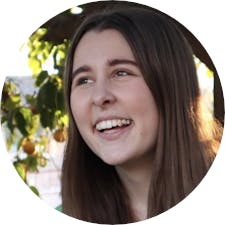
Morgan Fischer is the politics editor, she works with her desk to cover topics related to politics in the ASU community. She has previously worked as an intern for RightThisMinute.
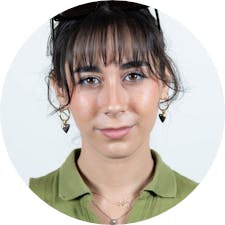
Kirsten Dorman is a podcast reporter at The State Press, focusing on stories that reflect current events and cultural topics relevant to the ASU community. She has previously worked as the Production Director at Blaze Radio where, in her final semester, she now works as an Assistant Program Director.
